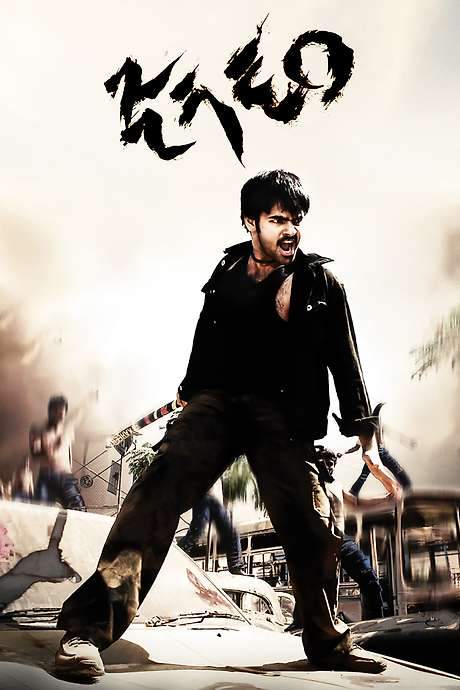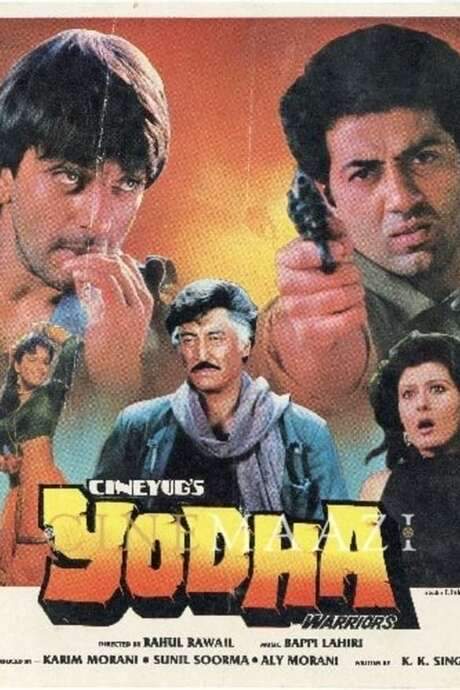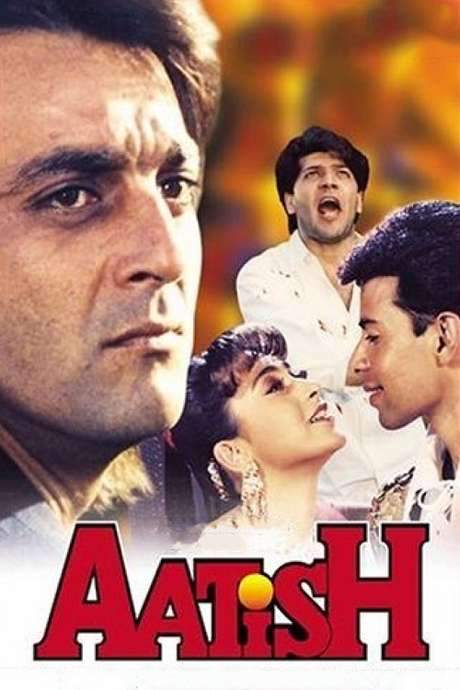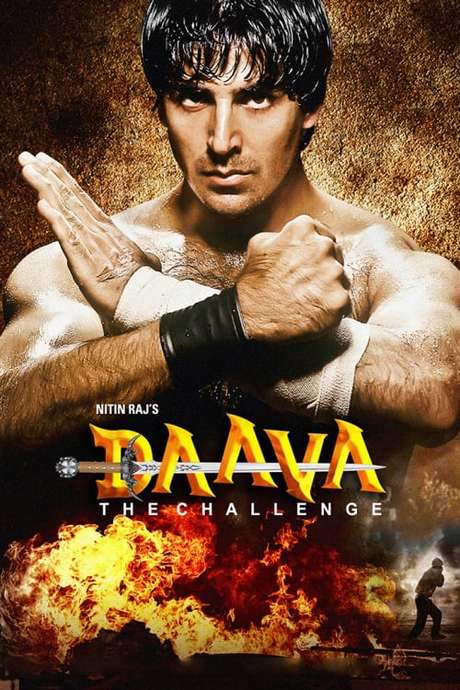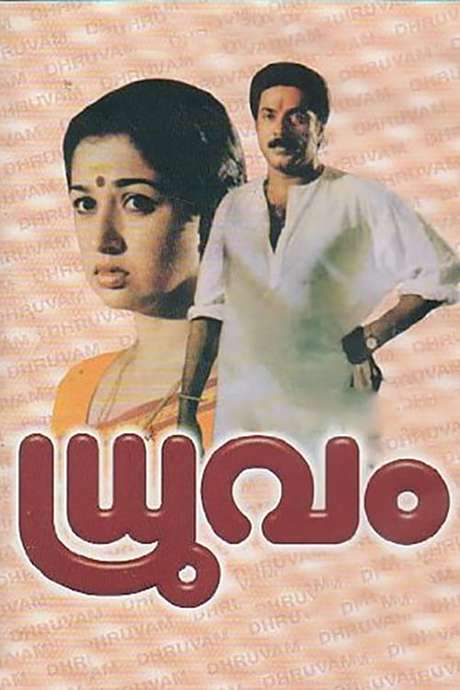
Dacait
Year: 1987
Runtime: 158 mins
Language: Hindi
Director: Rahul Rawail
Arjun Yadav returns to his village after studying, joining his mother, brother Amrit and sister. He tries to ease the feud between Amrit and Thakur Bhanwar Singh, but Amrit is killed, his mother loses her mind, his sister is assaulted, and Arjun is beaten and bound. Rescued by villagers and his friend Makan Malla, he retreats to the ravines and becomes an outlaw seeking revenge.
Warning: spoilers below!
Haven’t seen Dacait yet? This summary contains major spoilers. Bookmark the page, watch the movie, and come back for the full breakdown. If you're ready, scroll on and relive the story!
Dacait (1987) – Full Plot Summary & Ending Explained
Read the complete plot breakdown of Dacait (1987), including all key story events, major twists, and the ending explained in detail. Discover what really happened—and what it all means.
Arjun Yadav, Sunny Deol returns to his village after finishing his studies in the city, carrying a quiet faith in justice and peace. He is in love with Javli, a fisherwoman, Meenakshi Sheshadri, whose simple life stands in contrast to the town’s growing turmoil. The village, though, is under the iron grip of a ruthless landlord, Thakur Bhanwar Singh, Raza Murad, and a corrupt police officer, Thanedar Vishnu Pandey, Paresh Rawal. The pair use force, manipulation, and the weight of the law to seize land, intimidate families, and keep farmers in a state of fear.
Arjun’s efforts to resolve conflicts through dialogue and lawful channels repeatedly crumble against the Thakur’s deceit. The Thakur pretends to seek a peaceful solution, only to betray that promise and unleash a brutal assault on the village during a festival. This brutal night changes everything: Arjun witnesses the murder of his elder brother Amritlal Yadav, Suresh Oberoi, and the savage beating and death of his young sister Shanta Yadav, Urmila Matondkar. The violence shatters his faith in the system and pushes his mother, Devi Chaudhrain, Rakhee Gulzar, into a deep, lifelong shock that colors the family’s fate.
Left with nothing and driven to the edge, Arjun is rescued by fellow villagers who have also suffered under the Thakur’s regime. They take him to the Chambal ravines, a harsh landscape that becomes a new home for his healing and reckoning. There, he rekindles a bond with his childhood friend Badri Singh, now a dacoit, Dan Dhanoa, whose own choices mirror the violence that has consumed their world. The encounter with Badri Singh marks a pivotal turn: a pacifist heart, worn down by injustice, decides that peaceful means no longer suffice, and violence becomes a weapon of last resort.
Adopting the name and role of a Dacait, Arjun channels his pain into a relentless pursuit of retribution against the forces that ruined his family. The film follows his daring raids, calculated confrontations, and the growing legend of a man who once believed in law and order but now operates in the shadows to restore a rough, wounded sense of justice. The transformation is not glamorized; it is presented as the consequence of systemic oppression that breeds desperation and rage in ordinary people who were left with no other options.
As the body count rises and the cycle of violence deepens, the movie paints a stark, unflinching portrait of rural India’s power structures. It asks hard questions about who defines justice and at what cost, showing that the line between protector and aggressor can blur when those in power use fear and brutality to maintain control. The story carries a clear social message: dacoits are not born, but made, shaped by the brutal realities of oppression, poverty, and corrupted authority.
In the end, the film remains a gripping, sobering revenge saga that never loses sight of its larger purpose: to reveal how a compassionate, educated man can be pushed to the edge, how a village’s suffering can provoke a violent response, and how a society’s flaws—above all, its corruption and exploitation—can drive people to extraordinary, tragic acts. The cast’s performances—anchored by the steadfast Arjun and the potent antagonists—give the narrative its raw, gritty humanity, making the tale feel both epic and intimately personal.
Last Updated: October 09, 2025 at 14:26
Unlock the Full Story of Dacait
Don't stop at just watching — explore Dacait in full detail. From the complete plot summary and scene-by-scene timeline to character breakdowns, thematic analysis, and a deep dive into the ending — every page helps you truly understand what Dacait is all about. Plus, discover what's next after the movie.
Dacait Timeline
Track the full timeline of Dacait with every major event arranged chronologically. Perfect for decoding non-linear storytelling, flashbacks, or parallel narratives with a clear scene-by-scene breakdown.

Similar Movies to Dacait
Discover movies like Dacait that share similar genres, themes, and storytelling elements. Whether you’re drawn to the atmosphere, character arcs, or plot structure, these curated recommendations will help you explore more films you’ll love.
Explore More About Movie Dacait
Dacait (1987) Scene-by-Scene Movie Timeline
Dacait (1987) Movie Characters, Themes & Settings
Dacait (1987) Spoiler-Free Summary & Key Flow
Movies Like Dacait – Similar Titles You’ll Enjoy
Dheena (2001) Spoiler-Packed Plot Recap
Jagadam (2007) Detailed Story Recap
Ranga (1982) Film Overview & Timeline
Dharma Durai (1991) Film Overview & Timeline
Yodha (1991) Detailed Story Recap
Athirathram (1984) Film Overview & Timeline
Dharmathin Thalaivan (1988) Spoiler-Packed Plot Recap
Daata (1989) Detailed Story Recap
Aatish (1994) Full Movie Breakdown
Daava (1997) Ending Explained & Film Insights
Arjun Pandit (1999) Spoiler-Packed Plot Recap
Ghatak: Lethal (1996) Full Summary & Key Details
Dhruvam (1993) Plot Summary & Ending Explained
Tirangaa (1993) Film Overview & Timeline
Indian (1996) Movie Recap & Themes




